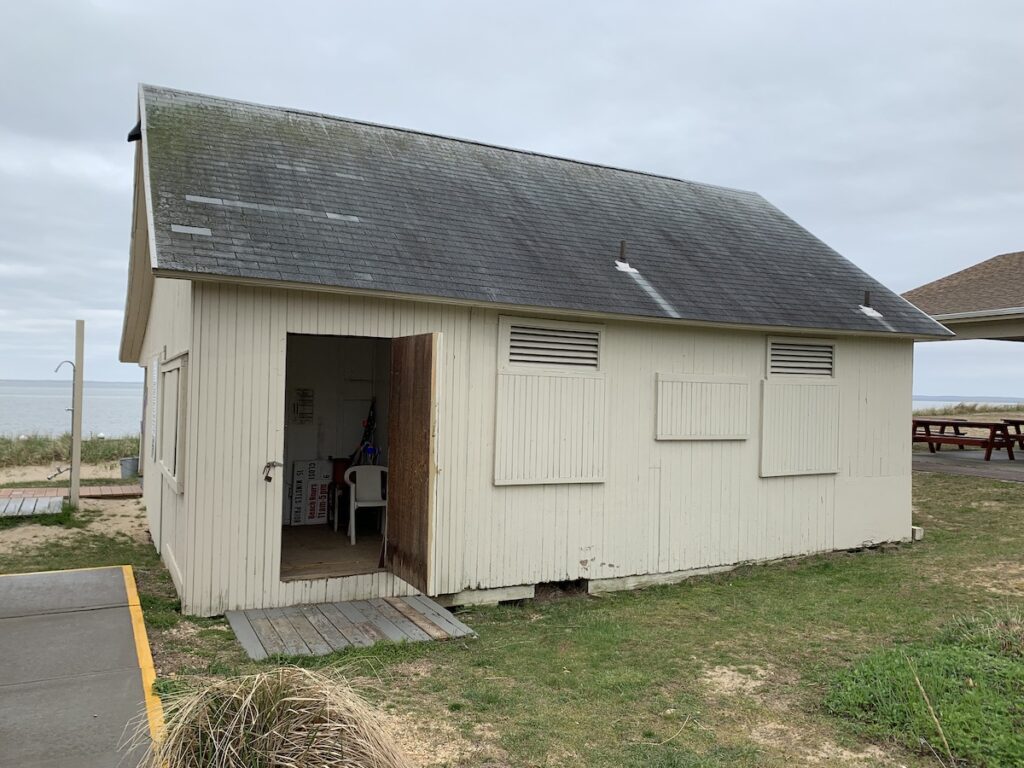Study assesses impact of possible East Hampton Airport shutdown; projects increase in flights to Mattituck

Mattituck Airport could see thousands of additional flights per year if East Hampton Airport shuts down, according to the results of a new study.
The Town of East Hampton is contemplating closing or modifying the site, which is no longer obligated to comply with federal mandates after this month. The report assesses how many flights would divert to four neighboring airports — including Francis S. Gabreski Airport in Westhampton Beach, Montauk Airport and Southampton Heliport — if the East Hampton airport shuttered or curtailed operations. The study was conducted by environmental and transportation engineering firm Harris Miller Miller and Hanson Inc. and is available on Town of East Hampton website.
Southold Town Supervisor Scott Russell criticized the report for turning “a blind eye to zoning,” causing the analysis to fall “well short of the facts and reality.”
The Mattituck Airport, Mr. Russell said by email, “is largely zoned residential and, except for a small industrially-zoned portion up next to New Suffolk Avenue, most of the airport operates as a pre-existing, nonconforming airbase for private use. Expansion of the runway, an increase in use for public access, use as a heliport, expanded use of some of the property for parking, etc., would all be prohibited.”
The supervisor added that it doesn’t make sense for passengers to land in Mattituck if they’re trying to get to East Hampton.
“Why would they land in Mattituck only to have to take two ferries, with limited capacity and service, to get there?” he asked.
Gabreski Airport would likely take on the brunt of diverted air traffic, according to the analysis. If East Hampton Airport fully closed, Gabreski could see an almost 40% increase in operations. The analysis emphasized that all numbers in the study represent a “worst-case scenario.”
It further noted that Mattituck Airport, in comparison to Gabreski, is too small to accommodate many East Hampton operations. The size of the runway at the 18-acre airport limits the type of aircraft that could operate safely there and it’s unlikely that aircraft with 10 or more passengers would use the site, according to the report.
The study also pointed out that parking there is “very limited” and that Mattituck Airport is about 30 miles driving distance from East Hampton, creating an hour or more of added travel time for the 60% of East Hampton Airport passengers who stay near the town.
“Given Mattituck’s size, runway conditions and available services and facilities, it is reasonable to assume that many operations that occurred at East Hampton would in fact not choose to operate at Mattituck,” the analysis states, adding that the airport lacks rental car services.
Barry Raebeck, director of the Coalition to Transform East Hampton Airport — a community group advocating to shut down the airfield — said it’s unlikely much air traffic would be diverted to Mattituck if the site were to close.
“I know the area. I’ve lived out here my whole life. Mattituck has no facilities, it has no parking space for aircraft, it has virtually no parking space for cars … and the remoteness of the location, especially in the peak season, when traffic is so thick on the South Fork … Who would do that? It’s not going to happen,” he said.
Mr. Raebeck said community efforts to shut down East Hampton Airport have been ongoing for years and criticized the site for creating environmental and noise pollution and damaging quality of life for nearby residents.
“It doesn’t make a lot of sense to people around here that the public land is being used to basically assault the public with visual, air, groundwater and noise pollution on an ever increasing level,” he said, adding, “It’s gone from a little country airport … into this monstrosity that’s destroying the habitat and the quality of life for thousands of people, from close to the airport all the way to Manhattan. It’s a nightmare, basically.”








